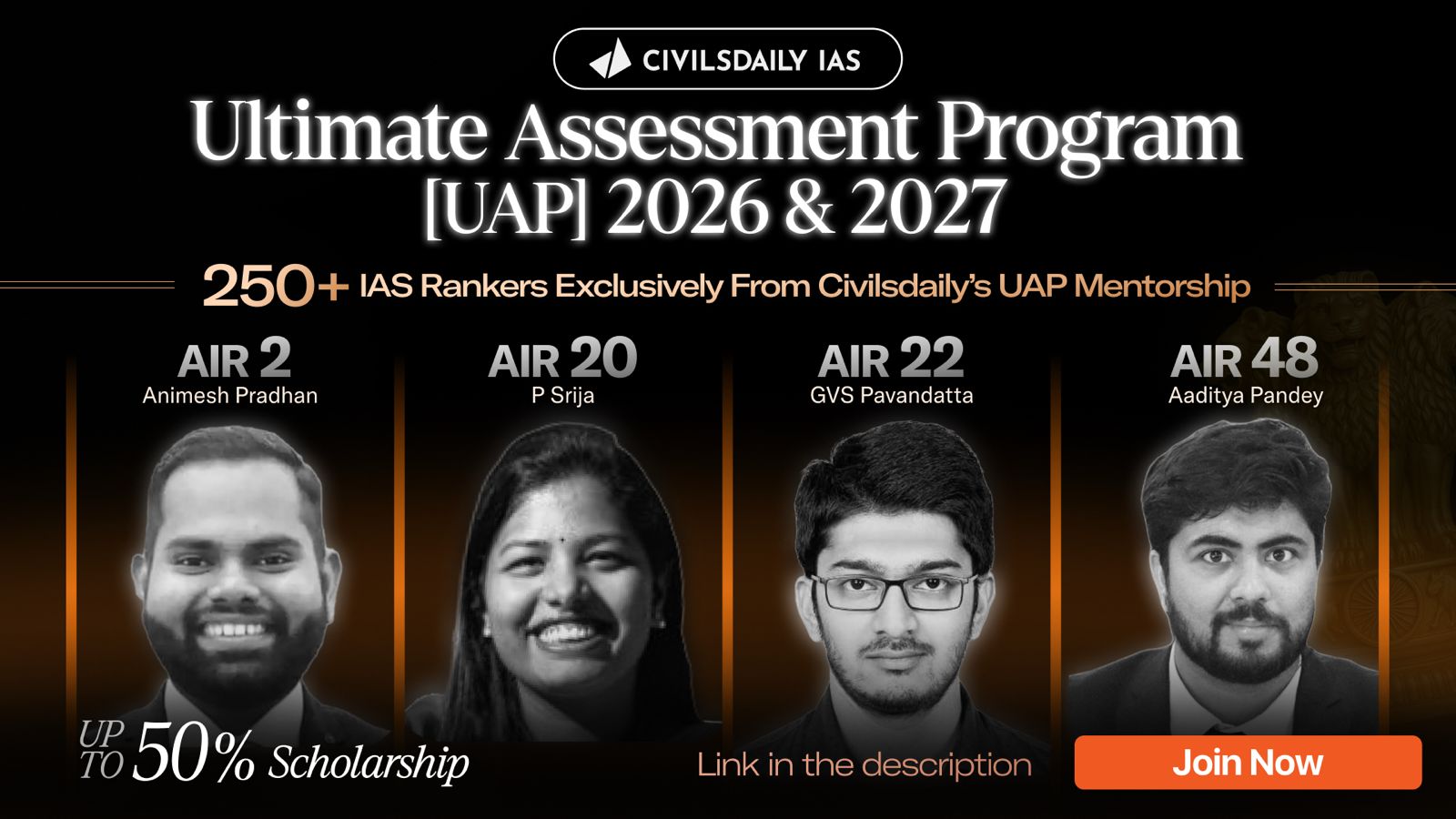Why in the News?
The Union Environment Ministry has notified the Environment Protection (Management of Contaminated Sites) Rules, 2025 under the Environment (Protection) Act, 1986.
About the Environment Protection (Management of Contaminated Sites) Rules, 2025:
- Nodal Agency: Ministry of Environment, Forest and Climate Change (MoEFCC).
- Legal Basis: Framed under the Environment (Protection) Act, 1986.
- Purpose: India’s first dedicated legal framework to identify, clean up, and monitor contaminated sites.
- Goal: Prevent environmental degradation, enforce clean-up, and ensure polluter accountability.
- Funding Pattern:
- Himalayan & Northeast states: 90% Centre – 10% State
- Other states: 60% Centre – 40% State
- Union Territories: 100% Centre
Key Features:
- Site Classification: Sites categorized as suspected, potentially contaminated, or confirmed, based on scientific evidence.
- Exclusions: Sites involving radioactive waste, mining, marine oil spills, or municipal solid waste (regulated separately).
- Transparency & Tracking: Central Pollution Control Board (CPCB) to maintain a real-time online portal with public access.
- Public Participation:
- 60-day window for stakeholder feedback post-listing.
- Final site lists must be published in regional newspapers.
- Polluter Pays Principle:
- Identified polluters must bear full remediation cost and repay within 3 months.
- Land use changes or ownership transfers restricted during/post clean-up.
- Orphan Sites (No Known Polluter): Clean-up funded through:
- Environment Relief Fund
- Environmental violation penalties
- Government budgetary support
- Voluntary Remediation: Private entities with technical capacity may remediate sites with landowner consent.
- Monitoring Committees: State and Central-level bodies to oversee implementation and submit annual compliance reports.
Back2Basics: Environment (Protection) Act, 1986
|
| [UPSC 2019] Consider the following statements:
The Environment Protection Act, 1986 empowers the Government of India to: 1. State the requirement of public participation in the process of environmental protection, and the procedure and manner in which it is sought. 2. Lay down the standards for emission or discharge of environmental pollutants from various sources. Which of the statements given above is/are correct? Options: (a) 1 only (b) 2 only* (c) Both 1 and 2 (d) Neither 1 nor 2 |
Get an IAS/IPS ranker as your 1: 1 personal mentor for UPSC 2024

